Women in Radiation History: Rosalind Franklin
British scientist Rosalind Franklin’s application of radiation science was truly historic. Her work with x-ray crystallography confirmed the double-helix structure of the DNA molecule. During World War II, she used her talents in service to her country. Dr. Franklin’s research advanced the understanding of viruses. Her remarkable life was tragically cut short by cancer.
This page on Rosalind Franklin is part of the Women in Radiation History section of RadTown.
Rosalind Franklin
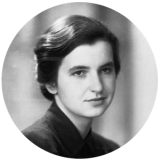
Born: July 25, 1920, London, United Kingdom
Died: April 16, 1958, London, United Kingdom
Awards: Louisa Gross Horwitz Prize
Education: University of Cambridge
Field of Study: Physical Chemistry, X-ray Crystallography
Career: King's College London, Birkbeck College
Five Facts about Rosalind Franklin
Click on the blue arrows below to discover five facts about Rosalind Franklin's distinguished career.
-
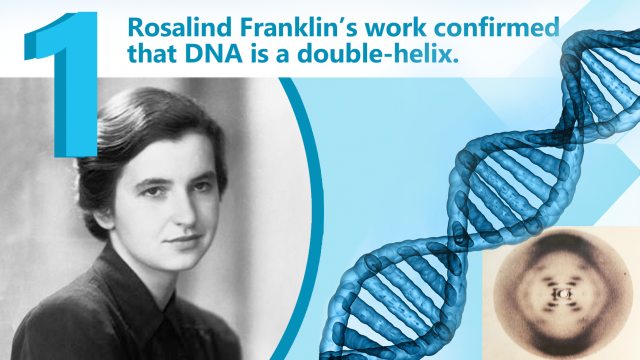
Rosalind Franklin used radiation science to advance the biological sciences. She used x-ray crystallography to obtain an image of the double-helix structure of DNA. Scientists James Watson and Francis Crick used the image in their work on DNA, for which they would win the Nobel Prize in biology. Dr. Franklin’s contribution was not recognized by the Nobel Committee. Remix of "Photo of DNA Molecule by Rosalind Franklin" by Ryan Somma 1
-
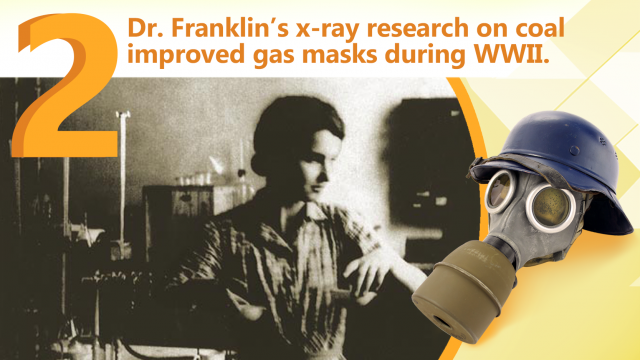
Dr. Franklin used x-ray crystallography to investigate the physical chemistry of carbon and coal. Her findings enabled her to predict how different types of coal would perform as vital fuels for the war effort. Her research also applied to the production of gas masks, which were issued to every British citizen during World War II. Remix of "Rosalind Elise Franklin." Jewish Women's Archive.
-
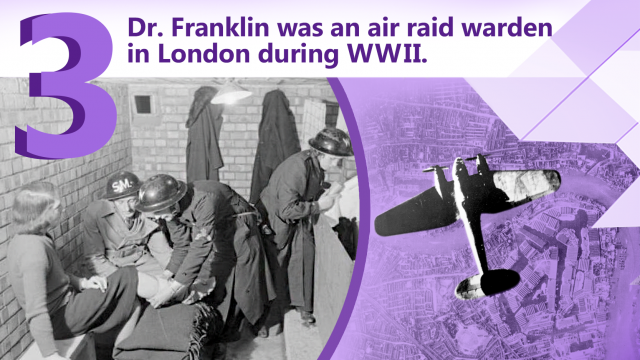
During World War II, London and other British cities were subjected to heavy German bombardment. Britain was blacked out at night to hide targets from the bombers. As an air raid warden, Dr. Franklin enforced the blackout, helped people find shelter, and summoned rescue services.
-
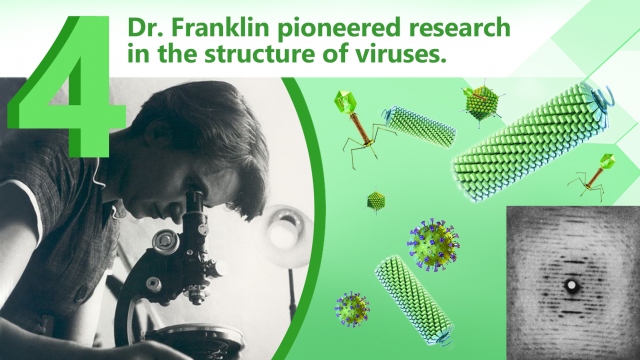
Dr. Franklin used x-ray crystallography in the study of viruses. With her students, she studied the structure of viruses that harmed pea, tomato, tobacco and turnip plants. Her approach with x-ray crystallography would become a foundation for the study of viruses. Remix photo from collection of Jenifer Glynn, 2
-
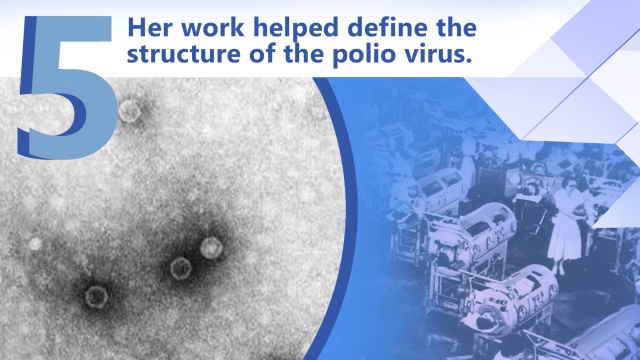
At the urging of colleagues, Dr. Franklin agreed to study the dreaded polio virus. She found a facility where she could work with the live virus safely. She attempted x-ray crystallography of the virus but was forced to stop when her cancer progressed. Rosalind Franklin died at the age of 37. After her death, her colleagues continued her work. They generated detailed images that revealed the structure of polio. Remix of "Iron Lung" by Amber Case, 1
